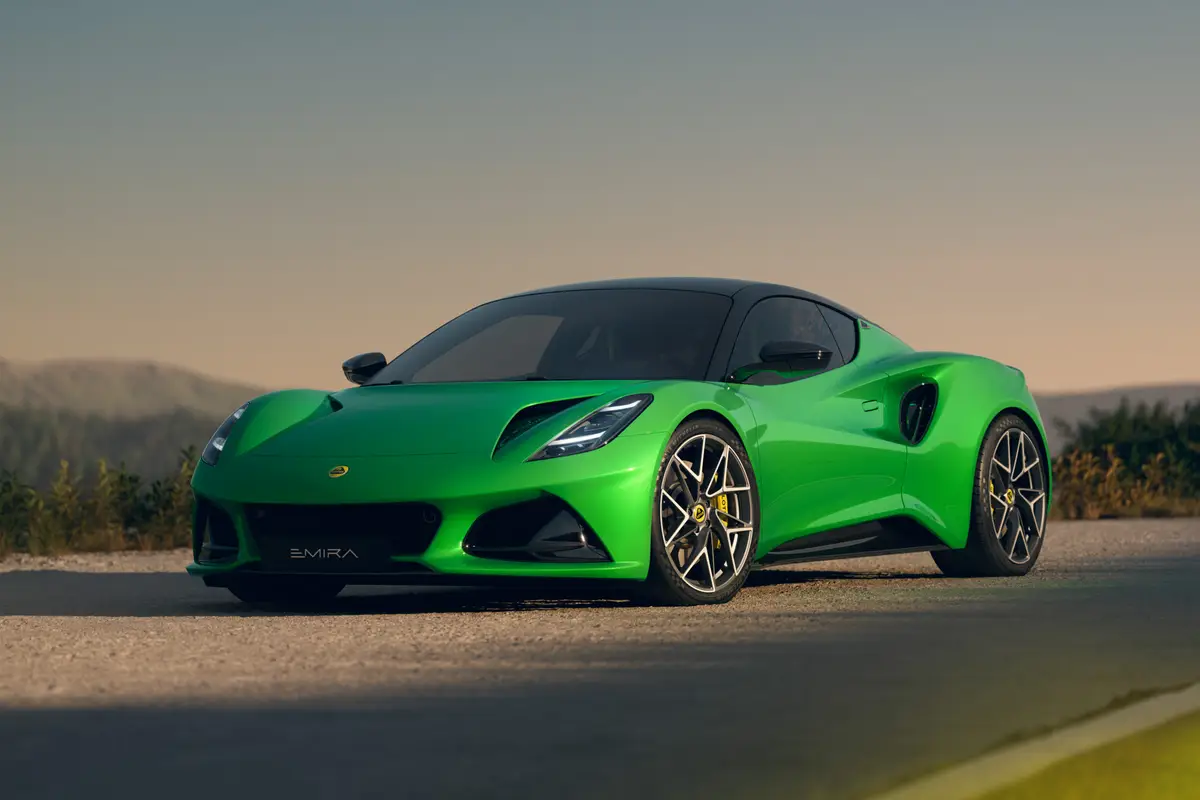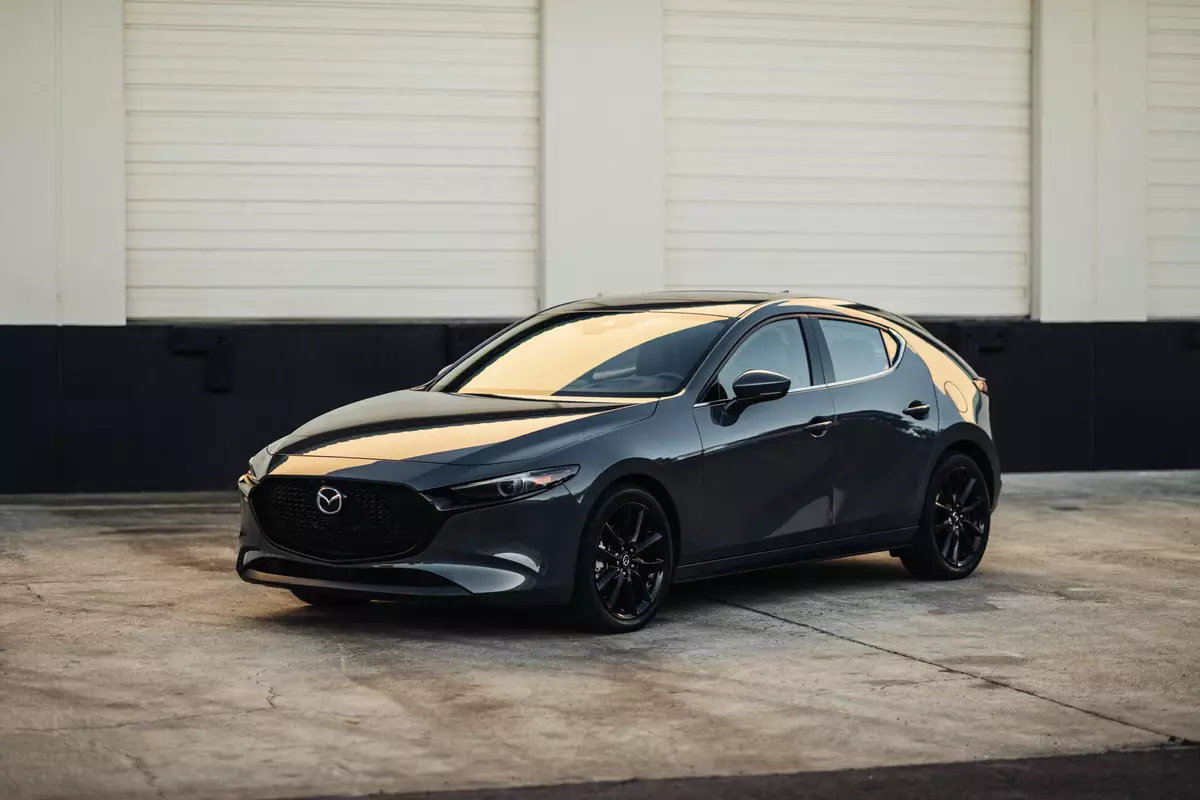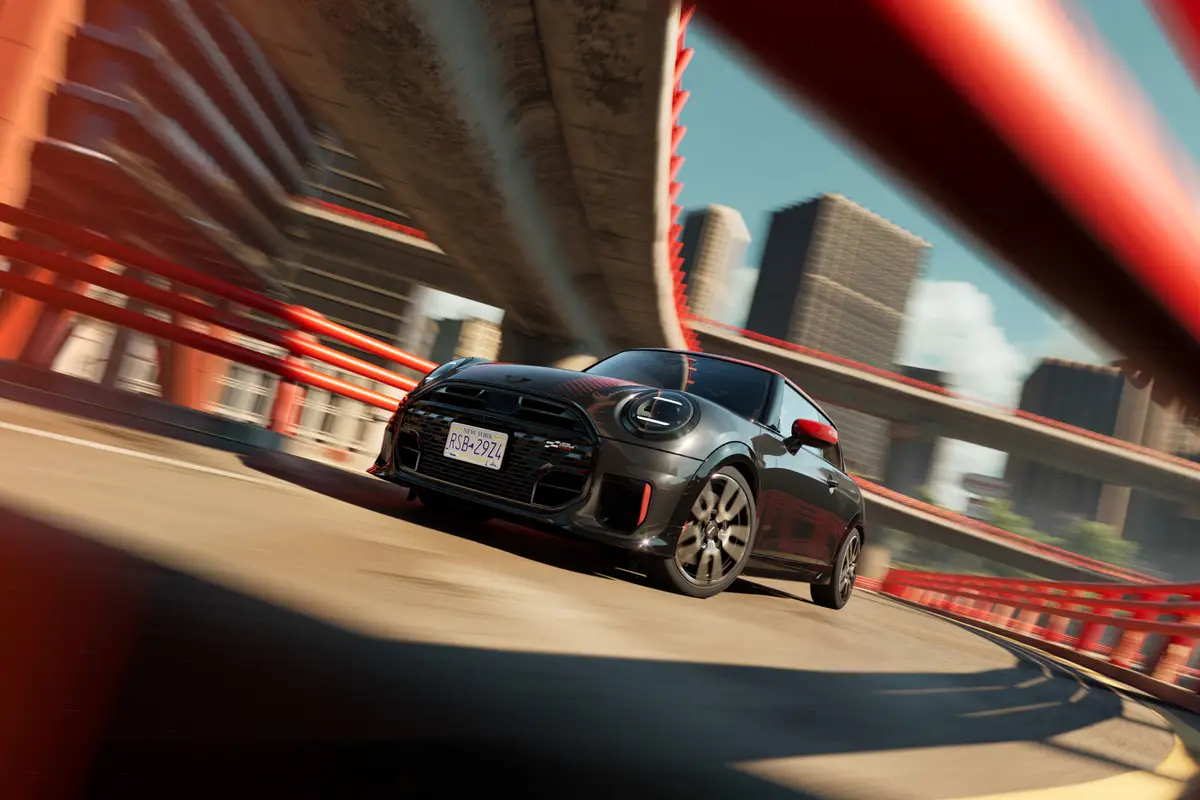washingtonpost.com's view
The temptation is to say nice things about the sedan. But that would be wrong.
The Rio is a bad little car.
That’s bad as in the use of the cheapest materials, such as the hard plastic fascias on the center console and instrument panel.
That’s bad as in a clutch that sinks into the floor, as if it were trying to avoid being stepped on by the left foot; bad as in a gearshift lever that moves under protest and that, having completed its reluctant journey, often lands in the wrong gear slot, such as second gear when fourth gear was intended.
But mostly that’s bad as in getting the price-value equation wrong.
My peers at other publications have credited Kia for offering what they call a decent car at a reasonable price.
They miss the point.
Joy is a part of decency. Confidence is a part of decency. Pride of ownership is a part of decency. As presently constructed, the Rio offers none of those things, which means its base prices ranging from $8,595 to $9,470 could amount to a waste of money — especially compared with what is available in the used-car market.
To put it another way, price is just one element of value. What is bought has to perform. The Rio doesn’t.
At highway speeds, it becomes a thing of motorized uncertainty, which is odd considering its weight and suspension system. The Rio is equipped with independent struts, an anti-roll bar and coil springs up front, and coil springs with an anti-roll bar and a semi-independent torsion suspension in the rear. That should be adequate for a car weighing 2,103 pounds. But the Rio’s body wavers from side to side during lane changes of about 65 mph. It dips, yaws and noses into curves, and it gets pushed around in crosswinds.
Peers who described the Rio’s engine as “peppy” are right, but they also might have added “noisy.” It whines incessantly at expressway speeds. That noise is aggravated by the tympanic beating of rocks and gravel against the Rio’s thinly insulated floor pan and by the rushing wind, which seems to have little trouble whistling through the car’s body seams.
Then, of course, there is the matter of safety. Kia has certified that the Rio meets all existing federal safety standards for crash worthiness. But such certifications are loaded with caveats.
The federal government sets minimum standards for crash safety. That means two comparable cars can meet those standards but that one of them, such as a Toyota Corolla or a Honda Civic, would do better than a Rio in a frontal crash.
It’s also important to understand that the government’s crash ratings are for comparable vehicles only. A car weighing 2,103 pounds might do well in a crash against a car of similar weight and geometry. But it is not likely to come out a winner in a head-on collision against a car weighing 3,000 pounds or more. If it ran into a mid-size or full-size sport-utility vehicle, well, forget it.
The Rio’ s virtues, to the extent that they exist, lie in fuel economy and exterior styling. The Rio with a five-speed manual transmission can get 32 mpg or better if driven at a constant speed of 55 mph.
The Rio’s body sculpture is swoop-nosed with a high rear, more pleasant-looking than one would expect from a car that claims to be the least-expensive automobile in America.
Here, the caveat is needed because vehicle expense involves more than the purchase price. If the transmission breaks, for example, the owner loses valuable time, even if the car is being repaired under Kia’s laudable 10-year/100,000-mile powertrain warranty.
The bottom line is this: Kia has the right idea. Offer an acceptably attractive package at a below-market price. The Rio — the mechanical descendant of the equally bad, short-lived Ford Aspire — is just the wrong product.
Nuts & Bolts
2001 Kia Rio Concern: W ell-meaning parents or guardians might view the Rio as an ideal purchase for a college or high school student. Here’s suggesting that they check with their auto insurers before going that route. Here’s suggesting, too, that shoppers look at the Toyota Corolla, the Chevrolet Prizm and Cavalier, the Honda Civic, the Toyota Echo, the Ford Focus, the Saturn S-series, the Daewoo Lanos, the Suzuki Esteem, and the Hyundai Elantra (which has the price-value equation right) as possible alternatives.
Praise: Not much.
Head-turning quotient: This is a case in which mediocrity turns out to be better than expected.
Ride, acceleration and handling: Poor ride. Poor handling. Competent acceleration.
Engine: The Rio is equipped with a 1.5-liter, in-line four-cylinder engine designed to develop 96 horsepower at 5,800 rpm and 96 pound-feet of torque at 4,500 rpm.
Capacities: Seats four people comfortably. Cargo capacity is 10.2 cubic feet. The fuel tank holds 11.9 gallons; regular unleaded is recommended.
Price: Base price on the tested manual Rio is $8,595. Dealer invoice price on that model is $7,900. Price as tested is $9,045, including a $450 transportation charge. The price is subject to change and does not include local taxes and fees.
Purse-strings note: Shop the competition, including used cars.
Latest news



